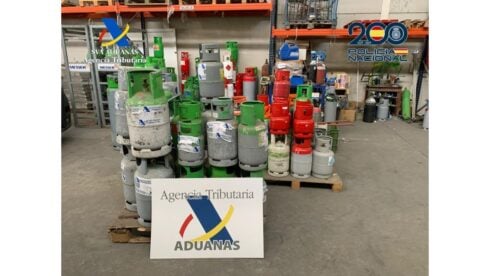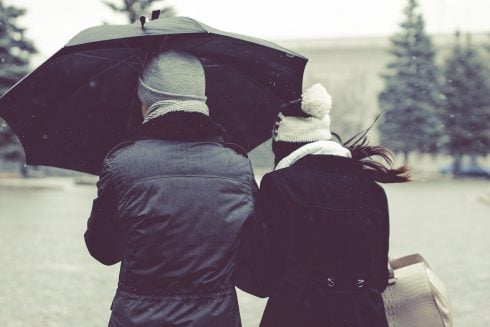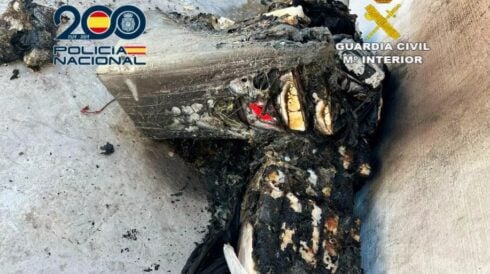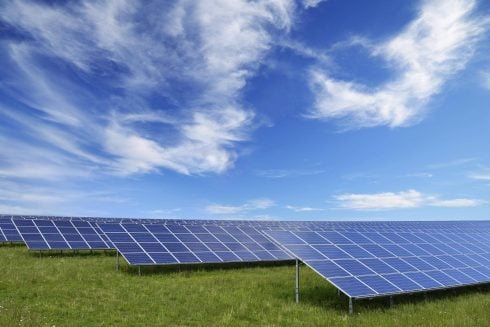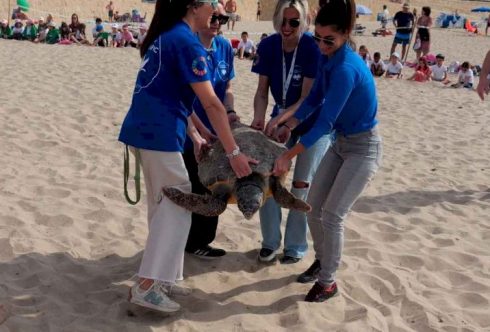THE majestic umbrella pines perfectly frame what must be one of the prettiest stretches of coastline in Europe.
The countless vistas of the cobalt blue sea and its coves, playing off perfectly against the honey-coloured sandstone headlands, have helped to make Javea famous.
Best viewed from any of the 15 viewpoints – collectively known as the Ruta de los Miradores – the coastline has somehow managed to survive the worst excesses of the construction boom.
While there are a few obvious exceptions, the majority of the rutted coastline and the nearby hills are blissfully still intact and perfect for a hike.
While some visitors attempt the Mirador challenge, taking in all viewpoints over 29 kilometres, my early morning stroll to one of them, Cap Negre, followed by a hike downhill to empty Playa Ambolo was by far the best start of the day this year so far.

I’ve known the coastline around Javea for decades and, in fact, many years before I even visited, thanks to the keen eye of Madrid’s astute 19th century painter Joaquin Sorolla.
It was at his former home in the capital, now a museum, that I used to marvel at the colour and light of this marvellous region and its impressive geology.
Sorolla was a massive fan of Javea (also known as Xabia in Valenciano) and would spend many of his summer holidays here, painting children on the beach or setting up his easel in the nearby headlands.
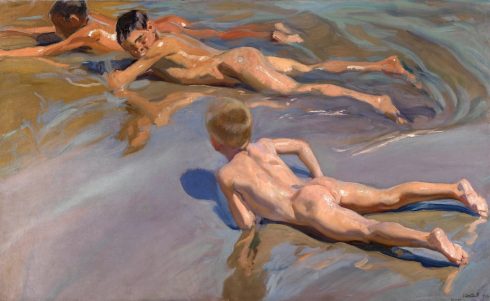
To head to his museum in Madrid when I lived in the capital in the 1990s, was the best way to escape the frenetic pace of the city and quickly find yourself transported to the seaside around Javea.
Forget long, white sandy beaches, like in nearby Benidorm or Almeria, say, Javea is all about its natural protected coves.
Once a remote beach, Conde Nast Traveler named Cala Barraca as one of the Mediterranean’s ‘most Instagrammed spots’, while award-winning Playa Granadella becomes something of a roadblock in summer.
Make sure you head here out of season and enjoy the resort, that half a century ago was only connected to the rest of Spain by dirt tracks.
In summer the town of 29,000 souls (around half of them foreign) swells to over 100,000 people, which is no surprise thanks to its frenetic nightlife, bustling gourmet scene and, of course, fabulous weather.
Javea also has everything you might need for a holiday (or to relocate) from golf courses to bowling clubs and from a VO cinema to a sailing club.
“One of its best things is its Llebeig athletics and swimming club,” explains British expat Stella French, who moved to Javea with her husband Ed eight years ago.
“It’s like one big family and they organise daily runs, swims and cycles and swimming in the clear water here, with rays swimming around you takes some beating.
“While the Javea triathlon in September is amazing, if you can somehow manage to get in.”

She has been coming to the town for 23 years, while Ed first came on holiday in 1982.
“There was no running water back then and you got your drinking water, or ‘agua dulce’ from specific water deposits scattered around the town,” recalls the former Royal Navy avionics engineer, 77. “You needed to take buckets with you.”
While it hasn’t always changed for the better (‘we struggled to get a table at any restaurants at the weekend, even in March’), the pair were quick to commend the town’s excellent mix of Germans, French and British, plus many other nationalities.
Javea certainly has a very different mix of expatriates that you might find on other parts of the coast or down on the Costa del Sol.
Many are drawn to its atmospheric old town, which unlike many others, has been almost completely untouched and looks the same as it did a century ago.
Wandering its ancient narrow streets you can still feel the protection they provided from unpredictable attacks by Barbary pirates, while its 14th-century Iglesia-Fortaleza de San Bartolome was always completely siege-ready.
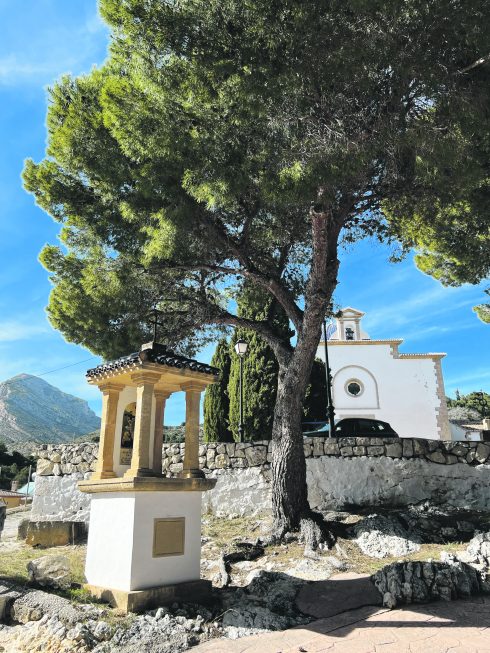
Make sure to take a look around its cool municipal market full of morning-fresh sepia squid and crimson-red prawns, while marvelling at its local honey-coloured Tosca stone.
This is where the locals take their morning coffees with a ‘coca’ – a traditional sourdough flatbread topped with either chopped tomatoes and salted tuna or typically, a single anchovy.
Head off in all directions and up the main drag and you will find some funky local shops, not to mention plenty of good places to eat.
But Javea however is basically divided into three separate parts: the old town, its nearby port area and ‘el Arenal’, the modern beach area at the other end of the bay.
This is where the tourists head and where, predictably you find most of the nightlife.
However it does have a great natural sandy beach, which offers easy access to warm, shallow waters and sometimes when the waves are up, some excellent surf.

Near here, look out for David Ferrer’s tennis club, while one of the town’s famous Michelin-starred restaurants, Tula, sits pride of place, near the Parador hotel. The other, BonAmb, is a short five minute drive away.
If you are finding it all a bit hectic in the Arenal area and not a fan of the more rocky coastline between here and the port, you can take a 20-minute hike towards the San Antonio headland to Cala Tango.
This is a fabulous spot for kids with its 17 metre-high jumping platform and amazing crystal clear blue waters.
Meanwhile, a 10-minute walk south of Arenal will take you to Cala Blanca, a lovely round cove, excellent for an evening dip.

From then on you are heading into the dramatic Cabo de la Nao headland with its many hidden coves, many of which are a real battle to reach on foot.
The ones you can reach more easily are the aforementioned Playa Granadella and Playa Ambolo, while there are plenty of others, such as the little-known Cala en Calo that’s a genuine swimming secret.
And finally, for those who like something pretty, but would rather drive there, head to Playa Barraca, also known as Portitxol, where you can find a local chiringuito, that hits the spot (sometimes).
Or, as Joaquin Sorolla used to do on his regular painting days at the beach, you could simply bring a splendid slap up picnic, along with a giant parasol.
READ MORE:
- Home from home: a maritime gem on the Mar Menor of Spain’s Murcia that’s…
- A little Gaudi glory: Discover the house that was the first designed by the…
- Fun and Games: Following the Game of Thrones trail in Spain’s Andalucia
Click here to read more Olive Press Travel News from The Olive Press.


